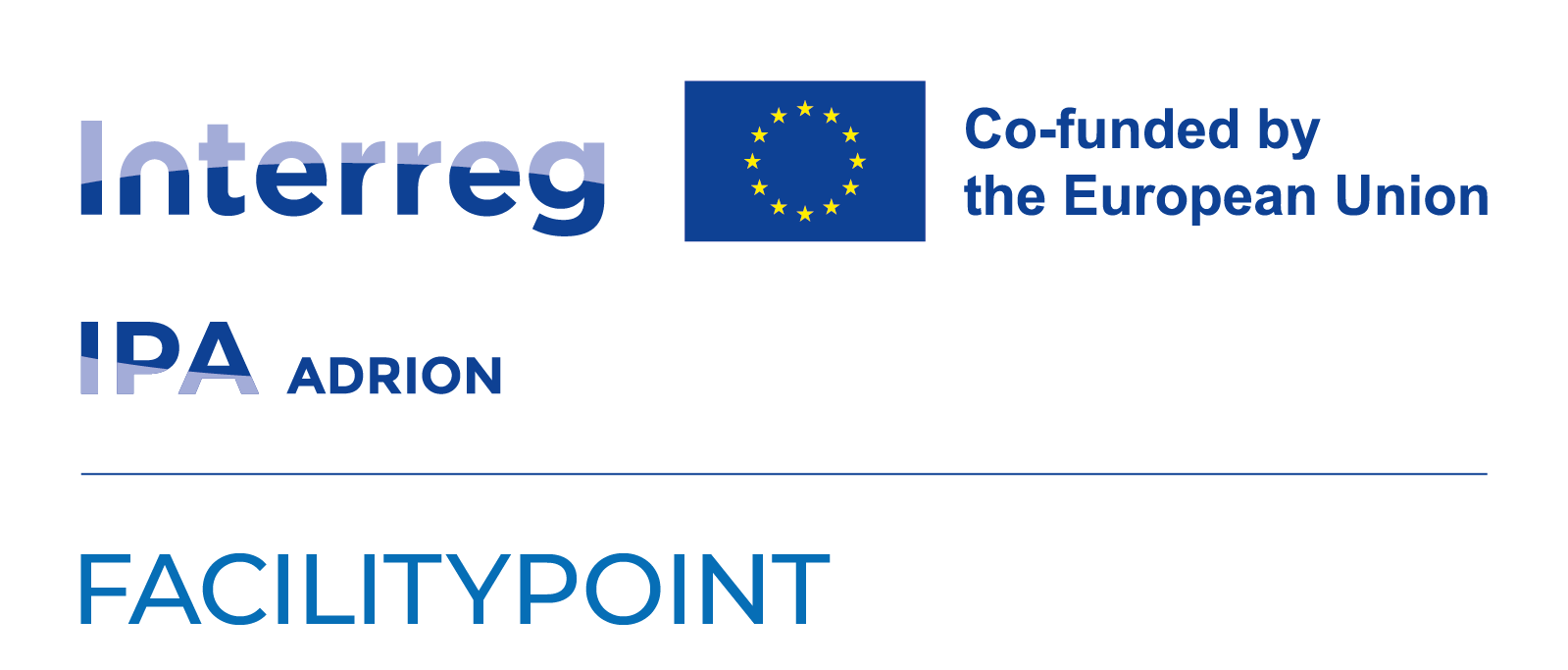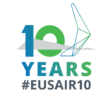GREEN INFRASTRUCTURE – FROM THE CONCEPT TO IMPLEMENTATION – Slovenian case
Prepared by Institute for water of Republic of Slovenia (http://www.izvrs.si/) and Slovenian Ministry of Environment and Spatial Planning
In the last few years the activities to support the implementation of green infrastructure (GI) concept are taking place in Slovenia. Many experts from various fields, including water engineering, biology, geography, infrastructure, law and policy, have been improving a common understanding and developing methodological support for implementing green and blue infrastructure. The aim of all above is to raise the level of ecosystem services (ES) given by environment. By ES the varied benefits to humans gifted by the healthy ecosystems are meant.
The methodological support applies technical/spatial analysis methods and legal basis development, in order to: first, recognize/map the GI that already is present in the environment, and second, develop new land uses that can improve multiple ES supply, and can be recognized as GI. Here, the main indicator in recognizing an area as GI is the level at which the ES supply and the biodiversity conservation in the area are improved. New GI services should contribute to restoring and better connecting functional ecosystems and to improving the connectivity of the Natura 2000 network and other areas of high value for biodiversity that are fragmented or isolated.
In addition to providing a key tool to halt and reverse the loss of biodiversity, the network of biodiversity-rich green (land) and blue (water) spaces, provides simultaneously a multiplicity of benefits in a cost-efficient way. The delivery of those benefits is maximised if planned at a strategic level. Therefore, the practical goal is to support spatial planning at all levels: at the micro (local), mezzo (cross border) and macro (macro regions and connection between them e.g. Adriatic Ionian and Alpine macro regions). In this way, the implementation of GI is becoming an international standard in nowadays and future planning.
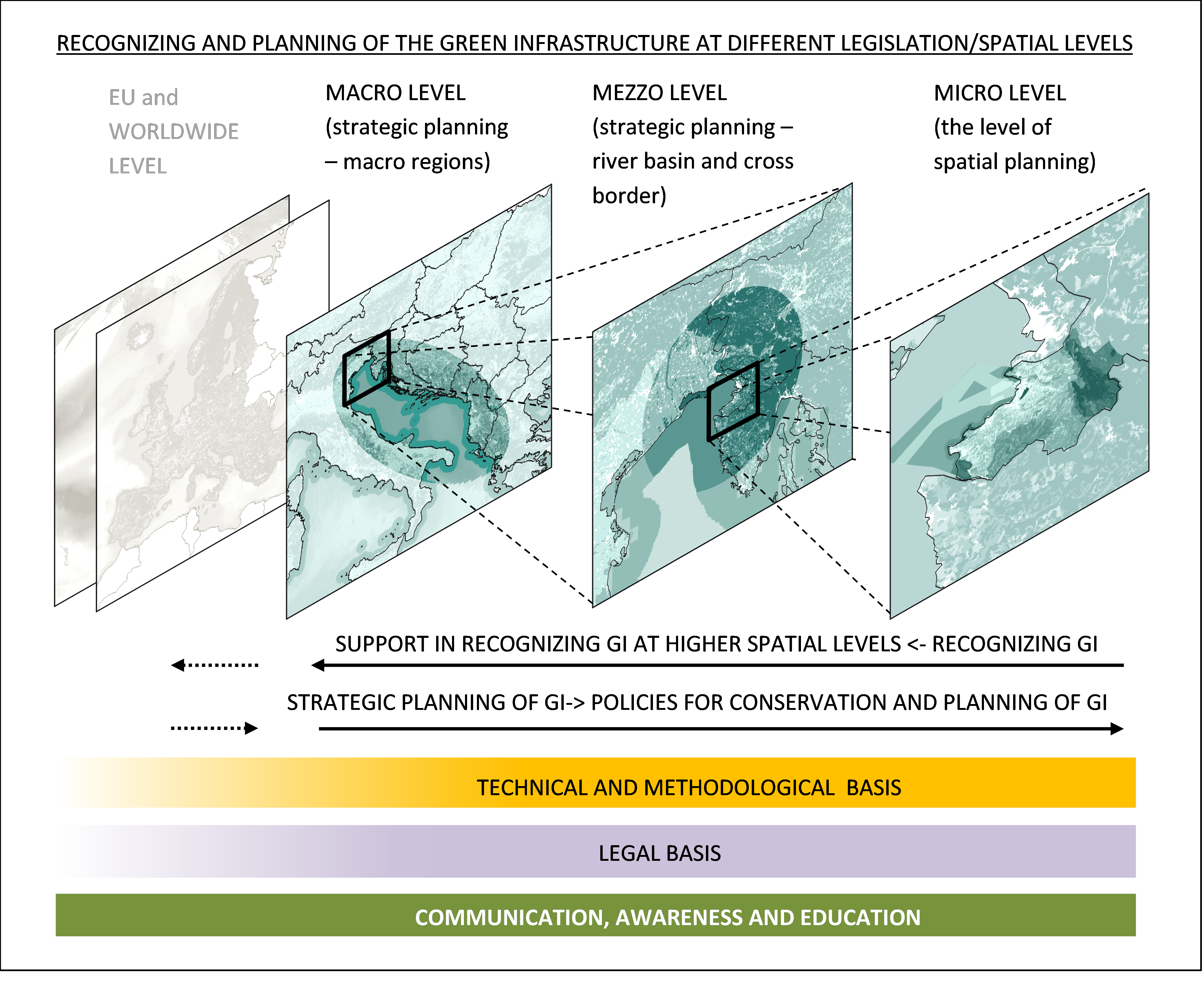
Europe's orientation towards a green sustainable economy requires the preservation of the natural environment and the strong integration of its benefits or ecosystem services into all sectoral objectives. The more ecosystem services a certain space provides, the more it is recognized as green infrastructure. In doing so, the biodiversity service is recognized as leading. Identifying and also re-planning / deploying green infrastructure is a process that takes place at different spatial levels. Its success requires technical and legal support, provided by the manual for recognition and placement of green infrastructure in space - technical and legal recommendations, which was published (unfortunately for now only in Slovenian language) by IzVRS and Slovenian Ministry of Environment and Spatial Planning.
The main objective of the working group is to unify the concept of green infrastructure, identify it and locate it at different spatial levels. Beside that, they are trying to:
- build on the current technical, methodological and legal recommendations for recognition and placement of green infrastructure in space,
- carry out educational activities among young people, and
- at the end, prepare an upgrade of the Manual, which would serve effectively at professional and legal as well as at the political level.
Manual's purpose is to increase efficiency in the integrated management of water, coast and sea, reduce flood risk and conserve biodiversity by establishing a network of Green and Blue Corridors. The aim is to establish a network that takes into account micro (local), meso (inter-municipal and inter-state) and macro-regional (Alps, Adriatic, Danube) characteristics. This will be a substantive contribution to the Slovenian Presidency of the EU Adriatic Ionian Strategy / EUSAIR.
You might be interested in
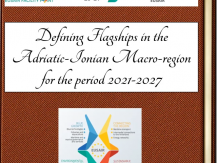
EUSAIR flagships all summed up!

The Hellenic Republic assumes the Presidency of the EU Strategy for the Adriatic and Ionian Region (EUSAIR) (1 June 2024 – 31 May 2025)
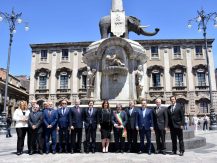
3rd EUSAIR Annual Forum – CATANIA DECLARATION

